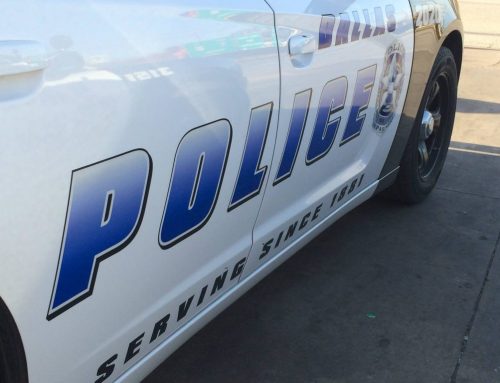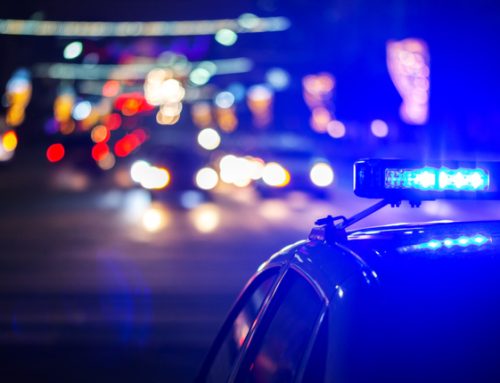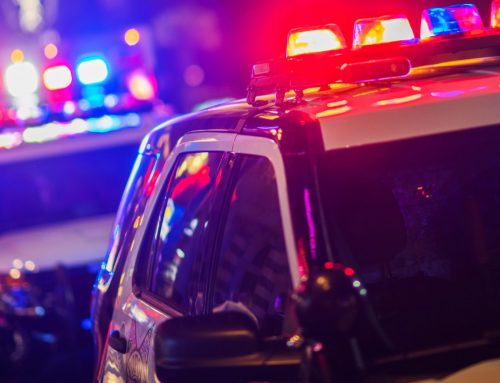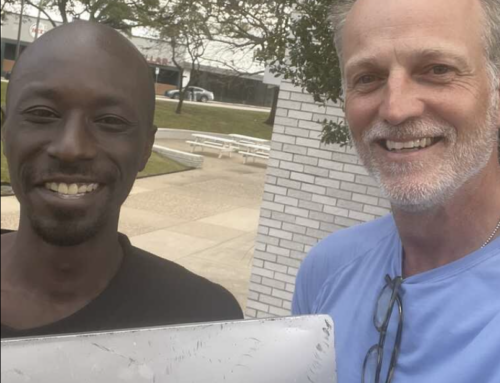Katherine Hall decided someone needed to fight crime in her neighborhood.
According to police statistics, from January to September of this year, 16 homes and three cars were broken into near Hall’s home in the North Stonewall Terrace area, bounded by Woodcrest, Skillman, Mockingbird and the Matilda bypass bridge. Three cars also were stolen.
Hall mobilized her neighbors and initiated a crime watch for her 18-block area, which has nearly 300 homes. The two-month-old crime watch held its first meeting recently at Stonewall Jackson Elementary, attracting approximately 100 people.
“I thought: “Somebody is going to get hurt, and I’m going to feel responsible because I didn’t do anything,” Hall says.
In the beginning, Hall knew nothing about organizing a crime watch, she says. Her first step was to bring her neighbors together.
She made flyers to encourage crime watch participation, delivering them door to door with the help of friends, and contacted the Northeast Operations Bureau of the Dallas Police Department. Sr. Cpl. Ron Carpenter of Northeast’s Crime Prevention Unit assisted her.
Carpenter volunteered to be the guest speaker at Hall’s first meeting. There was an excellent turnout, he says.
The only requirements to start a crime watch are neighborhood interest, a place to meet and a way to publicize the meetings, Carpenter says.
Hall had these things, and the police department provided her with additional resources.
Carpenter gave Hall crime statistics specific to her neighborhood and continues to do so. Hall received a free crime watch resource manual from him, as well. This manual provides detailed information about how to organize and operate a crime watch.
With the help of the manual, Hall and 14 block captains are planning to publish a directory that will introduce residents to each other.
When neighbors know each other, they are able to identify people on their streets who shouldn’t be there, Carpenter says. They are better equipped to protect each other’s homes because they are more likely to notice suspicious activity, he says.
This is what Hall is hoping will happen.
“Getting to know each other builds a sense of community, security and friendliness,” Hall says. “We want to make the neighborhood safer for all of us. If in the process we can make the neighborhood a nicer place to live, that would be great.”




